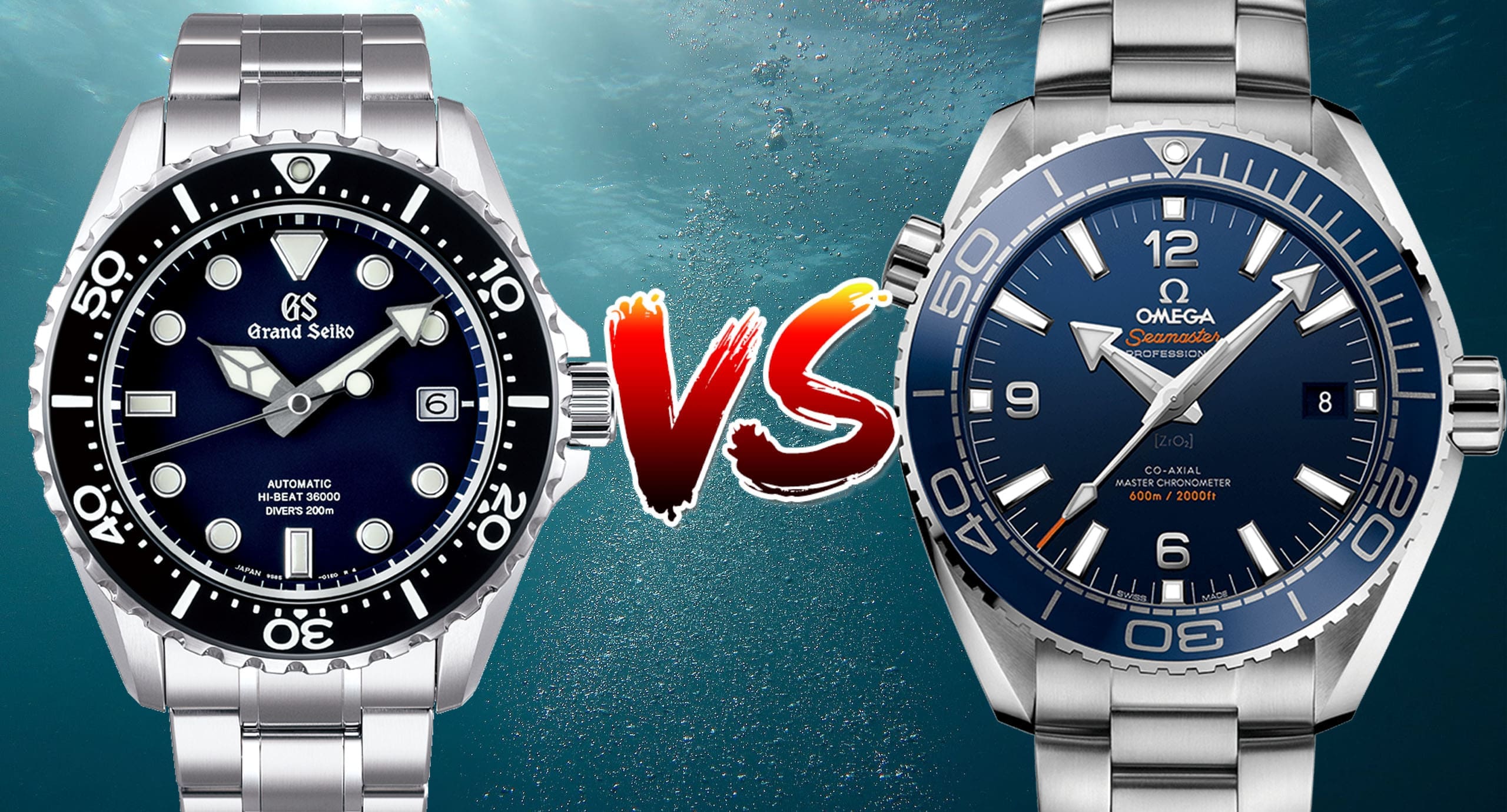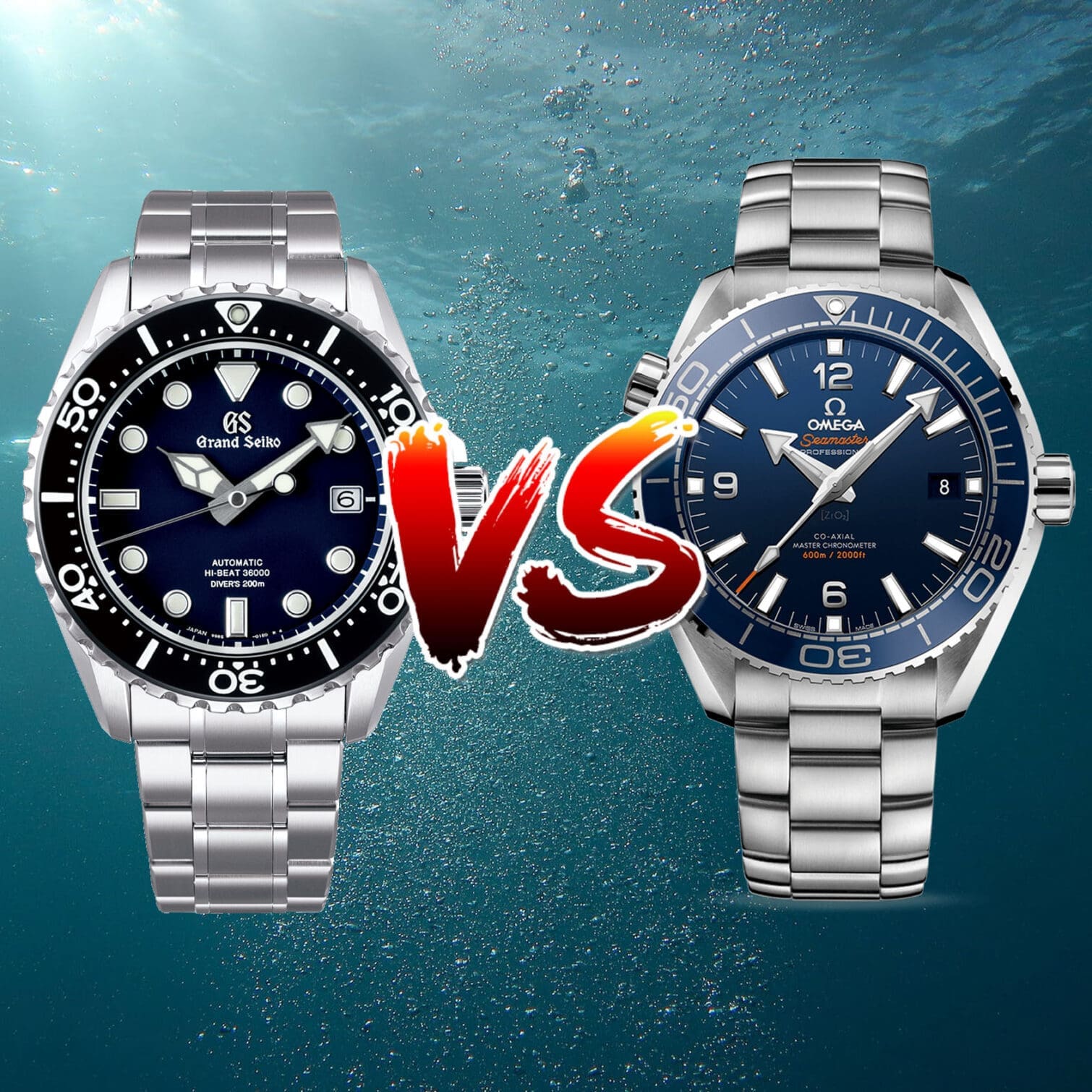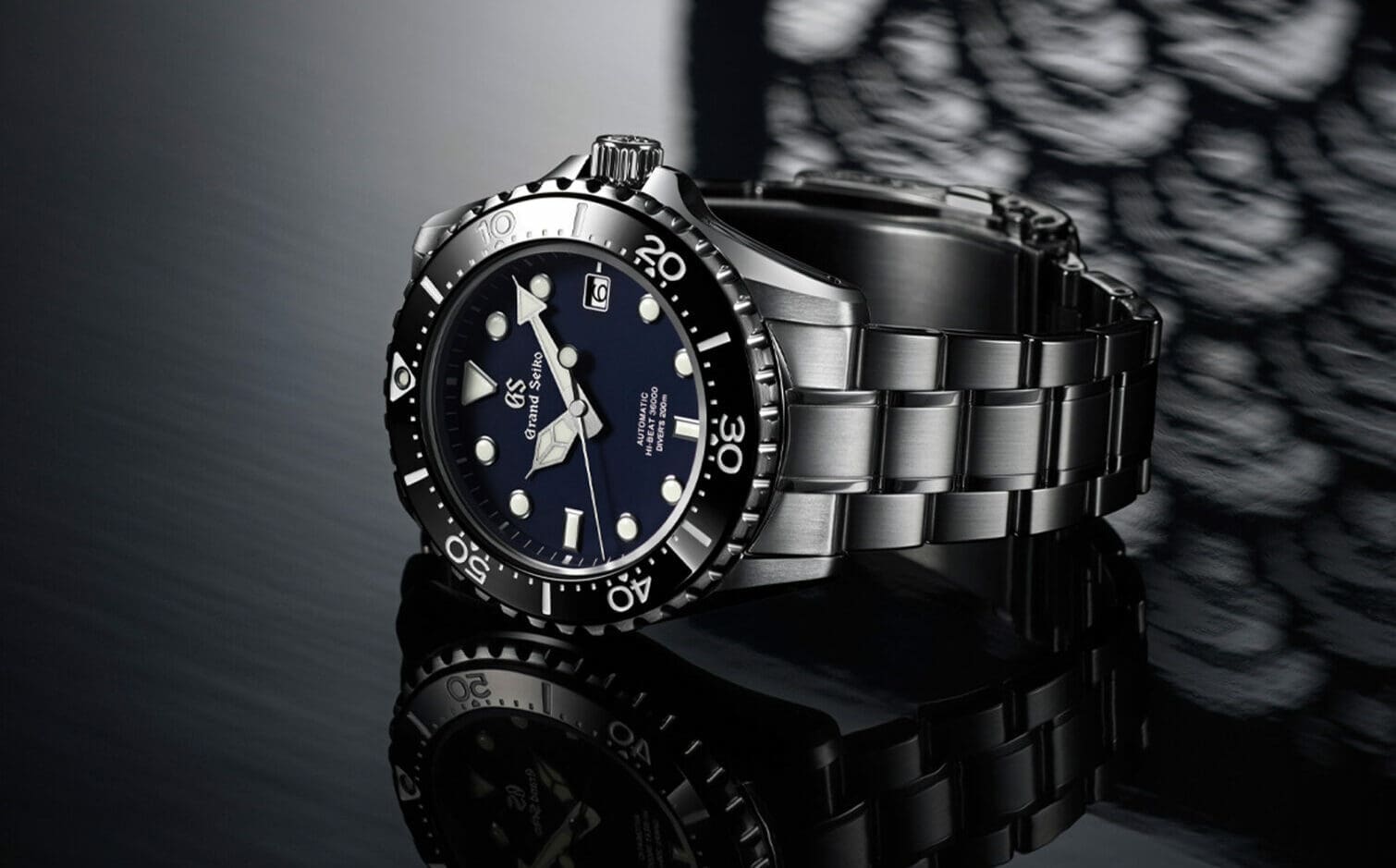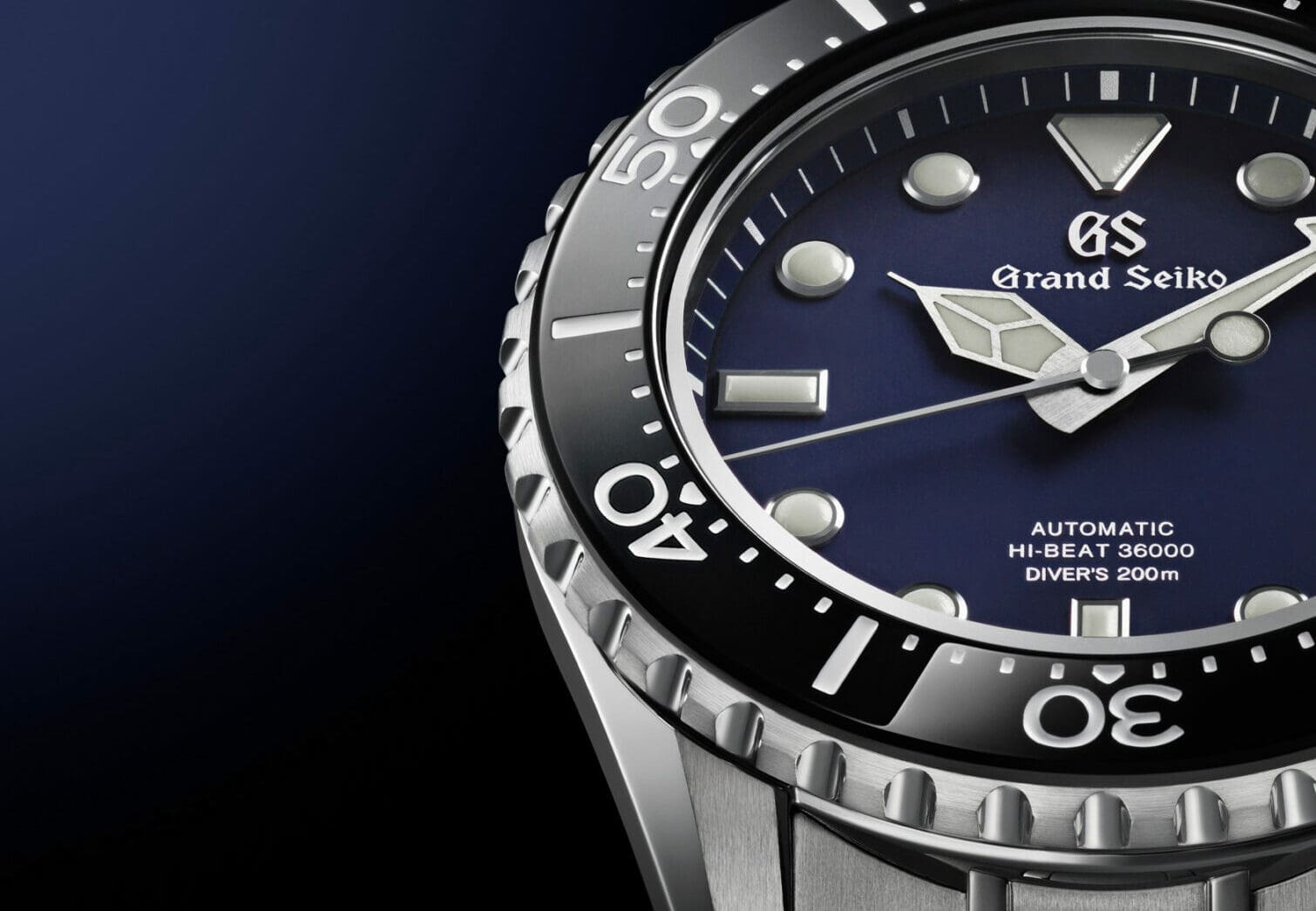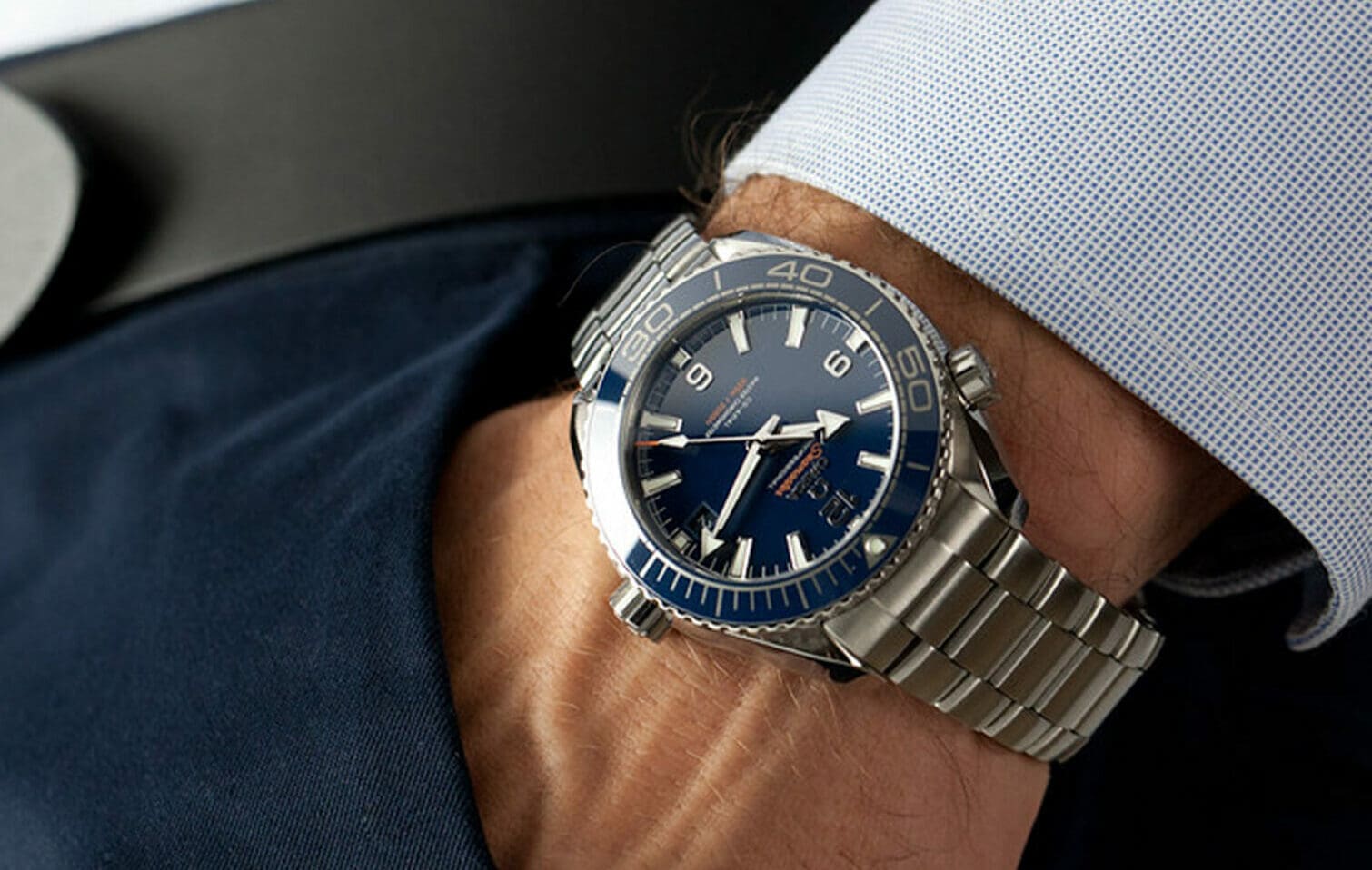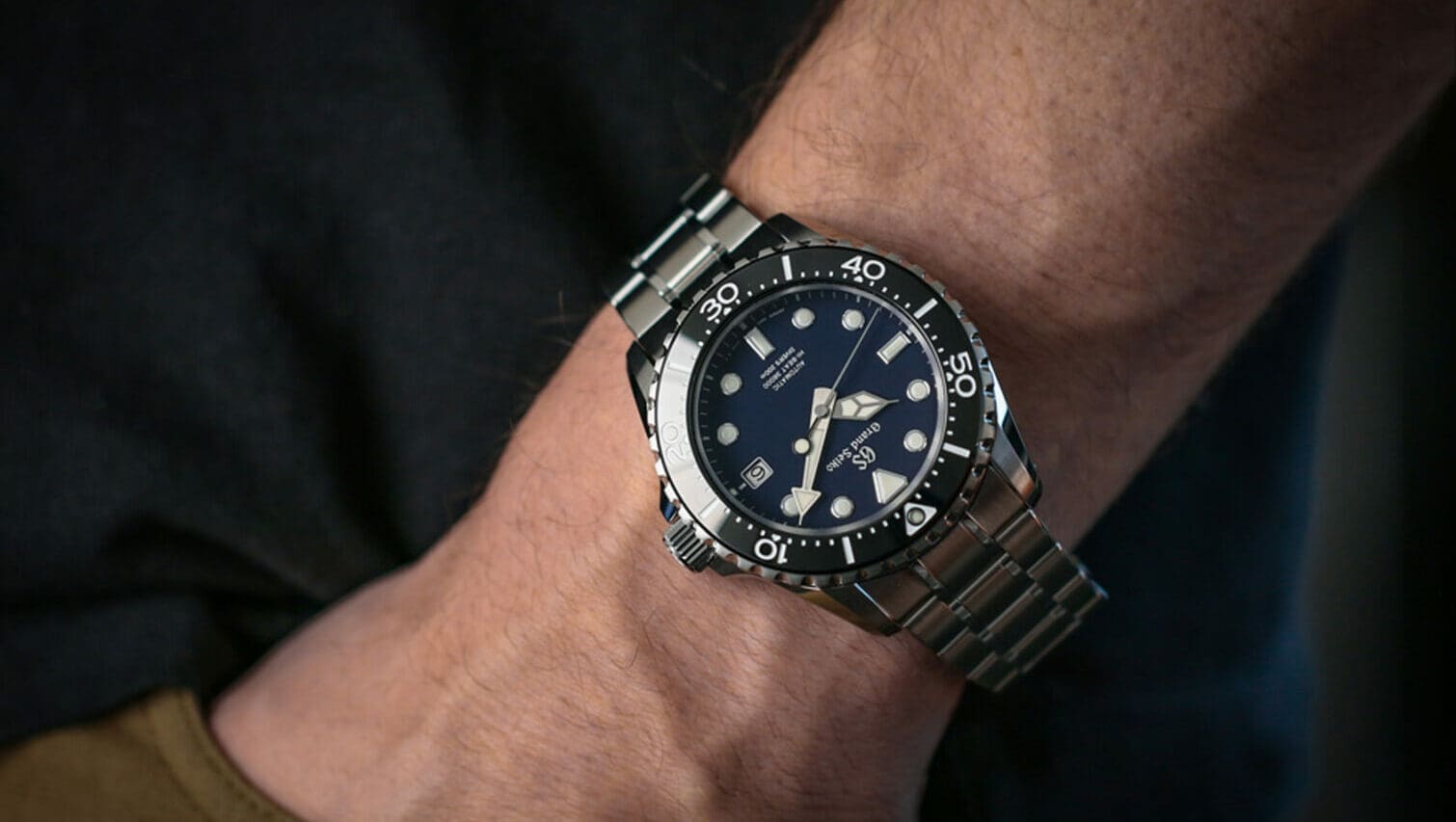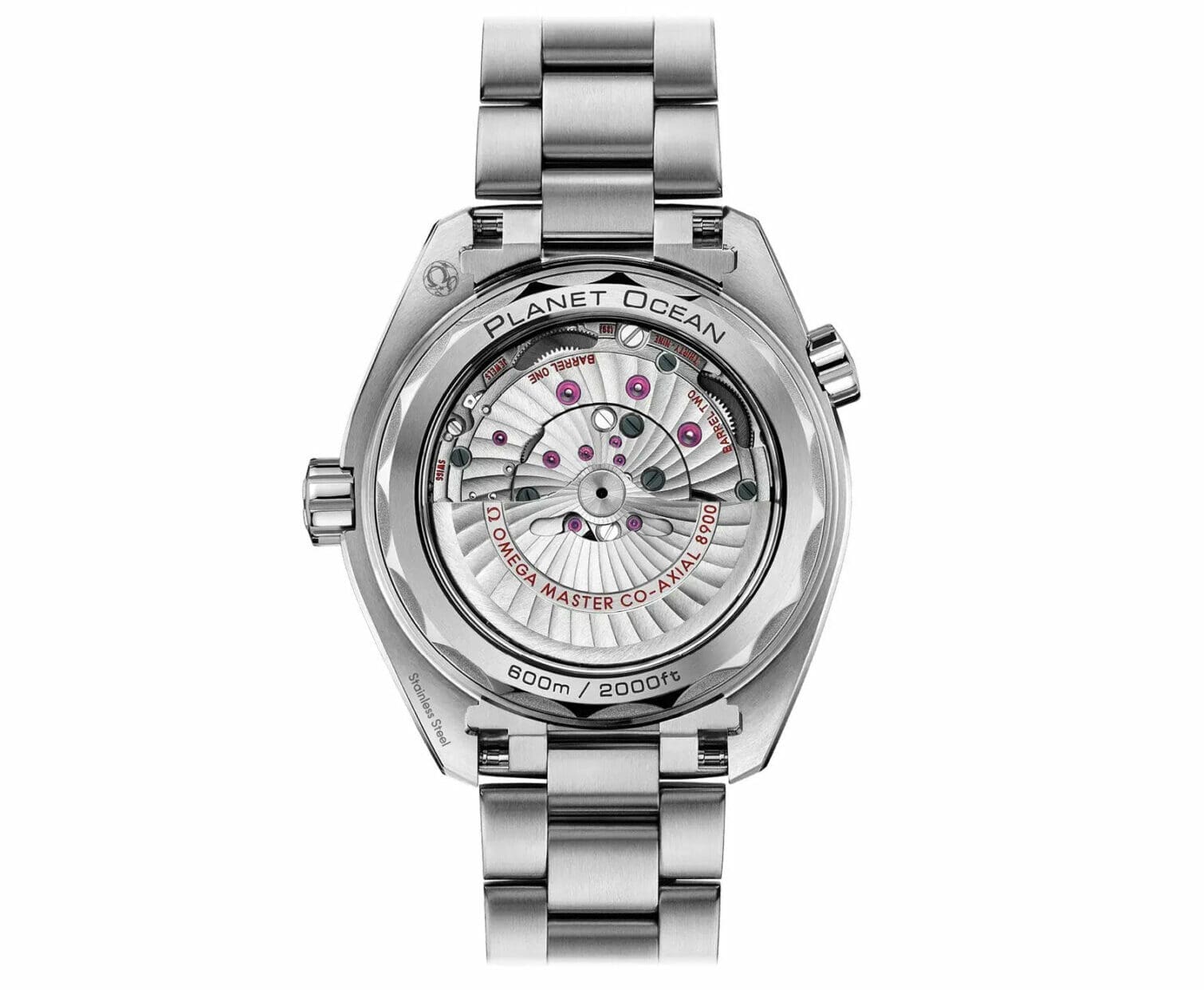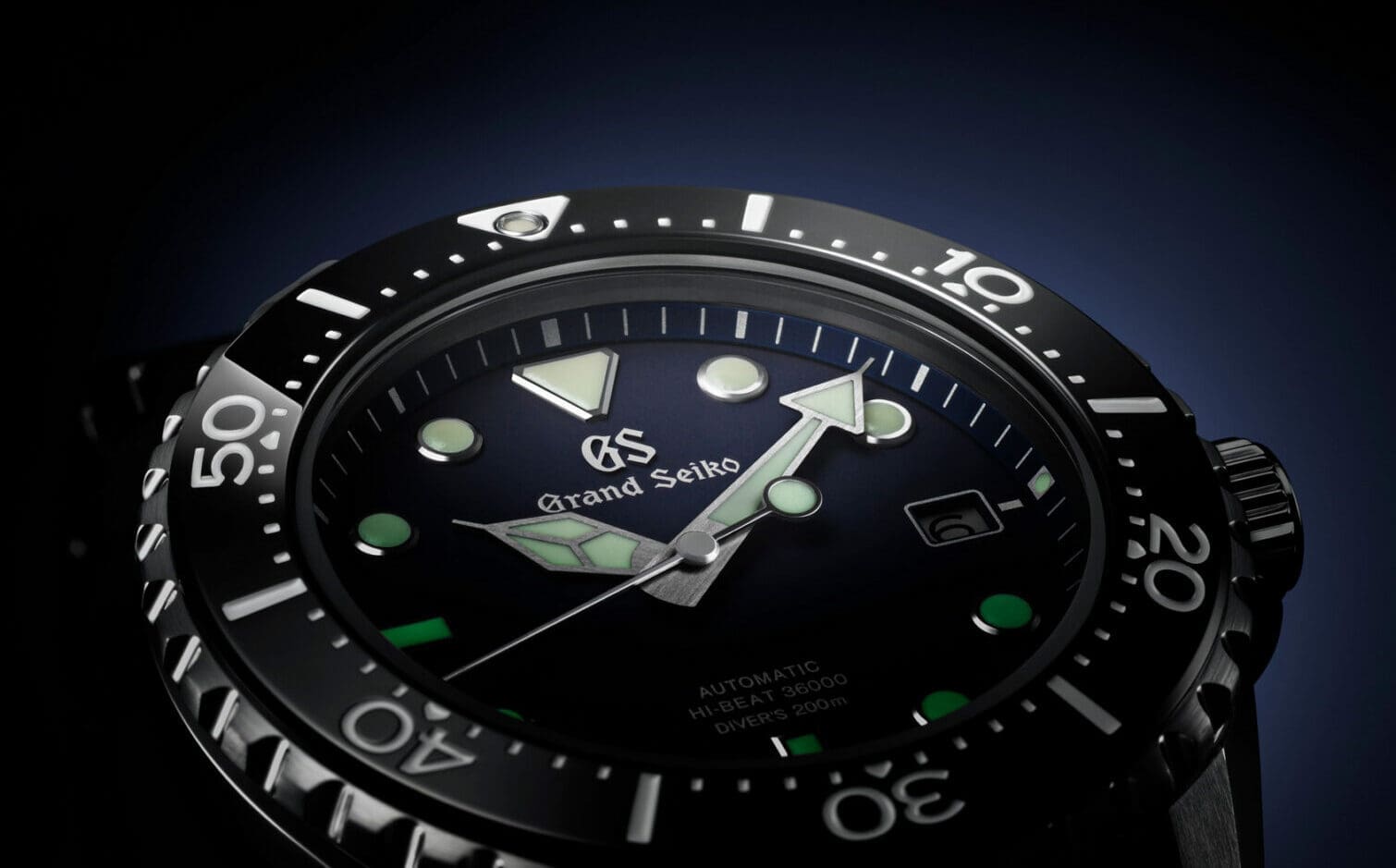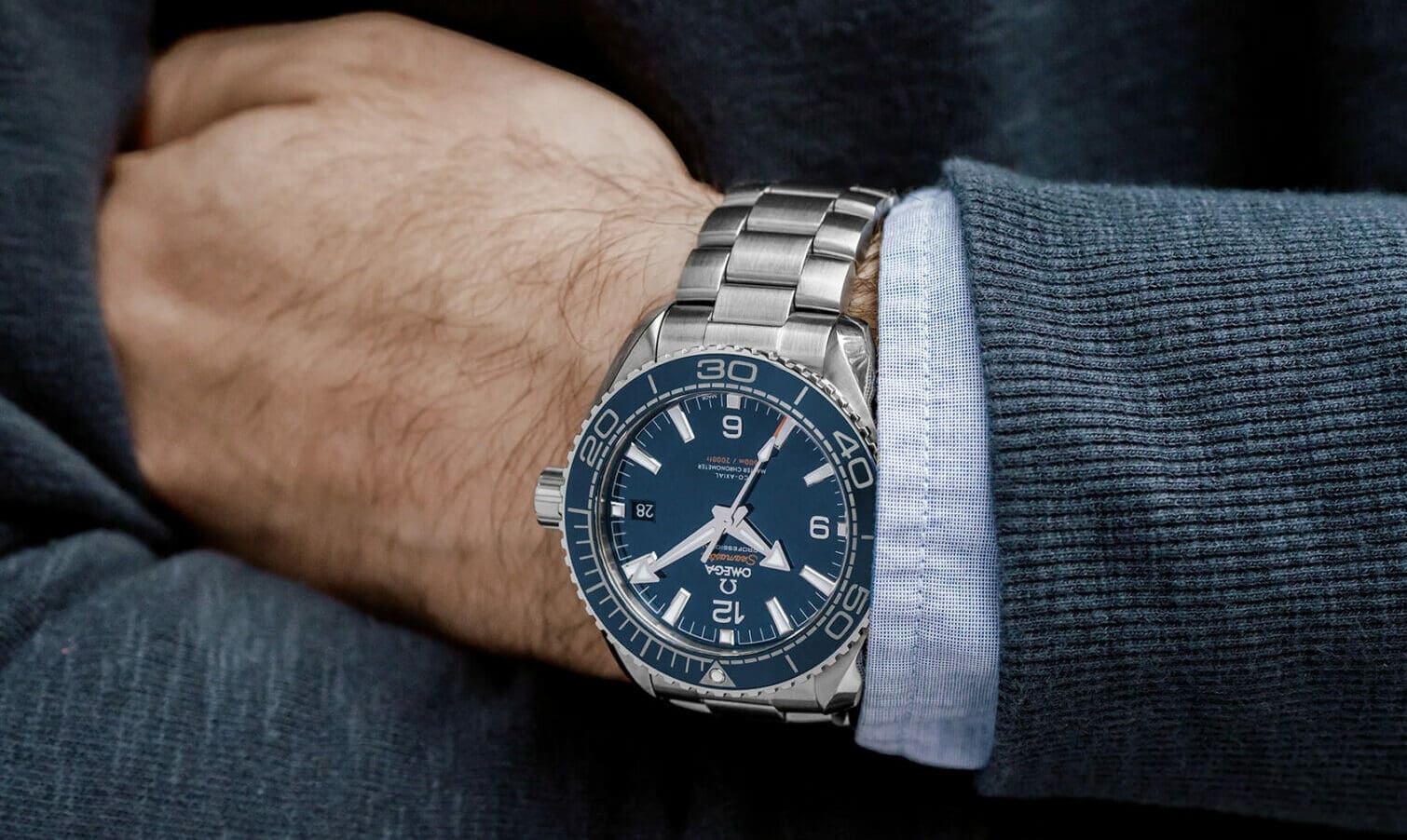VERSUS: The Grand Seiko SBGH289 and Omega Seamaster Planet Ocean 600M divers duke it out
Fergus NashAfter the last edition of our Versus column between Seiko and Hamilton, Japan and Switzerland are battling each other once more. The rules state that these two watches must both be vying for the same customers, and it’s my job to determine where they match up, where they differ and which is the better option. Taking a trip into the world of luxury sports watches, the lofty Rolex Submariner has taken itself out of most people’s considerations thanks to inflated grey-market prices that are almost double the RRP. In order to help any wandering eyes who might still be looking in that ballpark, perhaps with a little bit more character, we’re pitting the Grand Seiko SBGH289 and the Omega Seamaster Planet Ocean 600M against each other.
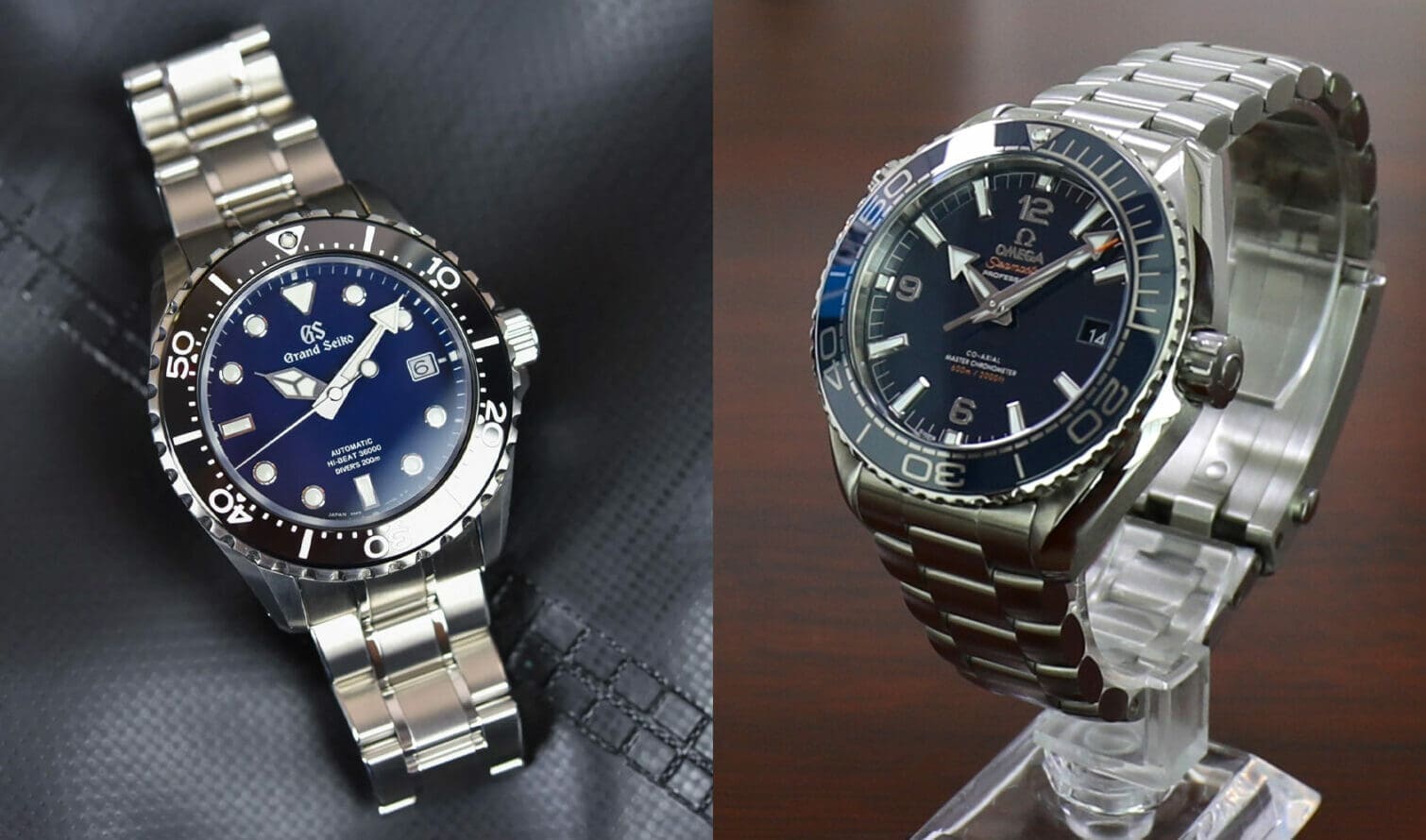
| Brand | Grand Seiko | Omega |
| Model | SBGH289 | Seamaster Planet Ocean 600M |
| Reference Number | SBGH289 | 215.30.44.21.03.001 |
| Case Dimensions | 43.8mm (D) x 14.7mm (T) x 51mm (L2L) | 43.5mm (D) x 16.1mm (T) x 52.5mm (L2L) |
| Case Material | Stainless steel | Stainless steel |
| Water Resistance | 200M | 600M |
| Dial | Blue | Blue |
| Crystal(s) | Sapphire with anti-reflective coating | Sapphire with anti-reflective coating |
| Strap | Steel bracelet | Steel bracelet |
| Movement | 9S85 | Calibre 8900 |
| Power Reserve | 55 hours | 60 hours |
| Functions | Hours, minutes, seconds, date | Hours, minutes, seconds, date |
| Availability | Now | Now |
| Price | AU$10,900 | A$10,575 |
Common ground: The pinnacle of the standard diver
It might sound like a slight to call either of these gorgeous watches “standard”, but it’s actually a testament to the quality of both brands that what are effectively no-nonsense divers can end up being this impressive. They don’t need to rely on precious metals, fancy complications or flashy colours, instead working from the solid foundations of a stainless-steel case, time-and-date movement, and a blue dial. These kinds of watches may be purchased more often by businesspeople than by professional divers, but they would both be equally capable when called to task. A blue-dialled dive watch is about as versatile an option as you can get, and both could easily be worn in any situation from casual to formal. At their core, they are simple tools, and the romanticisation of that is what makes them so desired by the general public even at a luxury price point.
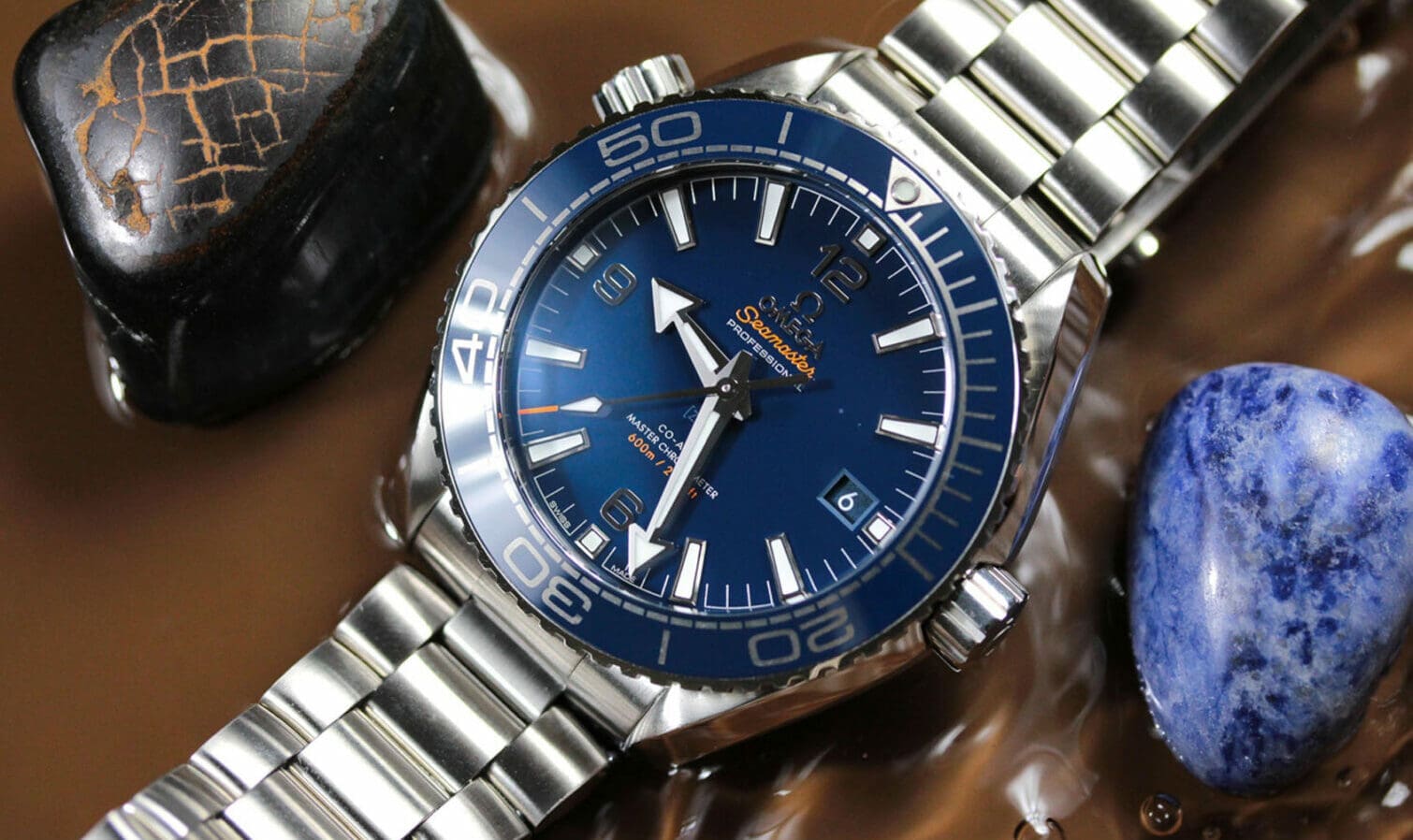
In terms of legibility, both the SBGH289 and the Planet Ocean are at the tops of their game. The Grand Seiko has a slightly more unique styling to the hour hand, but both use arrowhead minute hands to definitively point to the strong hour markers. Both use luminous paint on the markers and hands with one pip on the bezel at 12 o’clock, and although Grand Seiko’s Lumibrite may not last quite as long as the Swiss Super-LumiNova, the initial glow is brighter making both options appropriate for daily use in the dark or underwater. Even the case styles are quite similar, with Omega’s distinct lyre lugs blending nicely into the bracelet’s first link in the same way that the Grand Seiko does.
The dial colours are definitely distinctly different, with the SBGH289 plunging more readily into darkness than the Planet Ocean’s glossy ceramic dial, but their effects within the context of dive watches are inherently comparable. Both blues imply a connection with the water, and bring a moodiness that’s a little more intense than a black dial but not as glib as a green dial. One of the biggest things they have in common is really the price, with the Grand Seiko only being slightly more expensive by AU$325. That’s not a dismissible amount of money, but for the purposes of comparison it’s only a 3% increase.
Where each stands apart: The movements, the sizing, the attitudes
Perhaps the most obvious difference between the Grand Seiko SBGH289 and the Omega Seamaster Planet Ocean if you were to try one on after the other would be the size difference. Their diameters are nearly identical with only 0.3mm of difference, but the other measurements make all of the difference. The Grand Seiko’s thickness of 14.7mm reinforces it’s chunky status and reassuring weight, but coming in below the magic number of 15mm seems to be fairly important for most enthusiasts. The Planet Ocean is a bit of a slab at 16.1mm thick, but chances are if you’re buying a 43.5mm diver in the first place, you’ve probably got the wrists to pull it off. The SBGH289’s lug-to-lug length of 51mm is quite short considering its 43.8mm width, but an average wrist will still feel the size. The Omega’s 52.5mm lug-to-lug will definitely start to annoy you if your wrists are on the smaller side. The main benefit that the Planet Ocean’s stature has in this instance, is that there is an identical model available for the same price in a 39.5mm x 14.2mm x 44.7mm size. If the size difference was a dealbreaker for you, then the smaller version of the Omega brings it back into contention.
There’s quite a few points of difference between the in-house automatic movements that power these watches too, both in their specifications and their rated performance. The Grand Seiko SBGH289 uses the calibre 9S85 which is a high beat movement, ticking at 36,000 vibrations per second for one of the smoothest sweeps you can find in mechanical watchmaking. The thinking behind this, other than the aesthetic benefit, is that a faster frequency equals improved accuracy, but how does it compare with the Omega Calibre 8900? Grand Seiko offer two sets of data for their movement, with a “mean daily rate” calculated over a period of 12 days and a “normal usage accuracy”. The mean daily rate states an accuracy of +5/-3 seconds per day while the normal usage accuracy claims +8/-1 seconds per day. Because it’s easier to hack the movement and let time catch up to a watch than putting it forward, the normal usage accuracy is a preferable figure. The Omega Calibre 8900 is a METAS-certified Master Chronometer, meaning that it operates within a window of +5/-0 seconds. Given that the Omega also has an extra 5 hours of power reserve with a total of 60, as well as magnetic resistance to 15,000 gauss, and the famous co-axial escapement, it’s a clear winner as far as specifications are concerned. While the Grand Seiko keeps things simple with a solid caseback bearing their iconic lion, Omega provide a sapphire display caseback.
As much as these two watches have so many details in common, their underlying attitudes do differ noticeably. The Omega Seamaster Planet Ocean with its 600M depth rating, applied Arabic numerals, helium escape valve, ceramic bezel and pops of orange feels very contemporary. The Grand Seiko SBGH289 still appears and wears fairly modern, but the 1960s and ‘70s influences can be felt coming through those hour indices, bezel markings and crown guards. Before you assume that this would make the Planet Ocean more resilient however, the SBGH289 is actually protected with Grand Seiko’s Super-Hard Coating, making it more scratch-resistant than the Omega.
The verdict and my personal pick
For every difference the Grand Seiko SBGH289 and Omega Seamaster Planet Ocean have, there is a different reason to want either one of them. If you prefer a high-tech and modern style, you’ll probably enjoy the Planet Ocean over the more traditional hallmarks of Grand Seiko’s design. The difference between the brand identities could send you in either direction as well, with Omega being known as an impressive brand across the world, and Grand Seiko being a slightly more under-the-radar choice outside of Japan. You may side with the SBGH289 purely because you love the idea of a high-beat movement oscillating five times per second, or you might want some of the extra performance that the Omega offers.
Personally, my vote would have to swing towards the Planet Ocean. To openly admit my biases I have a spot for Omega in my heart, having inherited my great grandfather’s 1958 Seamaster and then later buying a 2008 Planet Ocean. Aside from pure loyalty and a twinge of missing the Planet Ocean that I sold, the looks are just slightly more appealing to my taste and I would probably opt for the 39.5mm model. The matching blue bezel and dial makes a little bit more sense to my eye than a navy dial with a black bezel, and a white date wheel on a dark dial is also one of my pet peeves.




